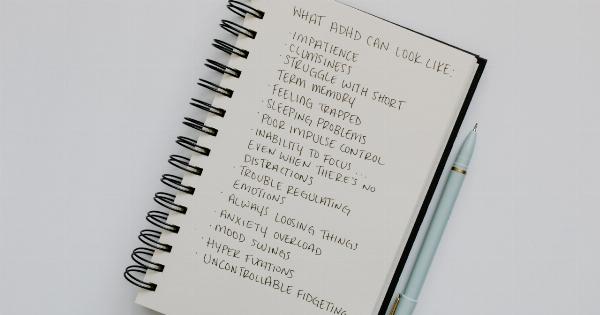Depression is a common yet debilitating mental disorder that affects millions of individuals worldwide.
Despite the availability of medications and therapies, a large number of patients do not respond to standard treatments and continue to experience symptoms that severely impair their quality of life. Ketamine, a medication that was initially developed as an anesthetic in the 1960s, has recently gained attention as a potential breakthrough in the treatment of depression.
What is Ketamine?
Ketamine is a dissociative anesthetic that is commonly used in medical settings for sedation and pain relief. It is also used as a tranquilizer in veterinary medicine.
The drug works by blocking the N-methyl-D-aspartate (NMDA) receptor in the brain, which is involved in the transmission of pain signals. It also interacts with other receptors in the brain, including glutamate and serotonin receptors. When administered in low doses, ketamine can produce a rapid and profound antidepressant effect that lasts for several days or weeks.
The History of Ketamine as an Antidepressant
The use of ketamine as an antidepressant was first discovered by chance in the 1990s. Psychiatrist John Krystal and his team at Yale University were studying the effects of ketamine on the NMDA receptor in healthy individuals.
They observed that low doses of ketamine produced a rapid and sustained improvement in mood in some of the study participants. This unexpected finding led to a series of clinical trials investigating the potential of ketamine in the treatment of depression.
How Does Ketamine Work?
Although the exact mechanism of action of ketamine as an antidepressant is not fully understood, researchers believe that it works by changing the way brain cells communicate with each other.
Unlike traditional antidepressants that can take weeks or months to take effect, ketamine produces a rapid and potent antidepressant effect within hours of administration. It is believed that ketamine works by increasing the levels of neurotransmitters, such as glutamate and serotonin, in the brain. These neurotransmitters play a key role in the regulation of mood, emotions, and cognitive function.
Is Ketamine Safe?
Like any medication, there are potential risks and side effects associated with ketamine use. In high doses, ketamine can cause hallucinations, delirium, and dissociation.
However, when used in low doses under medical supervision, ketamine is generally considered safe and well-tolerated. The use of ketamine for depression treatment is still considered off-label, meaning that it has not been specifically approved by the US Food and Drug Administration (FDA) for this purpose.
However, there is a growing body of evidence supporting its efficacy and safety for the treatment of treatment-resistant depression.
The Benefits of Ketamine for Depression Treatment
Ketamine has several benefits as a depression treatment, including:.
- Rapid onset of action: Ketamine produces a rapid antidepressant effect, often within hours of administration.
- Long-lasting effect: The antidepressant effect of ketamine can last for several days or weeks.
- Effective for treatment-resistant depression: Many patients who have not responded to traditional antidepressant medications or therapies have experienced significant improvement in their depressive symptoms with ketamine.
- Reduces suicidal ideation: Ketamine has been shown to rapidly reduce suicidal thoughts and behaviors in some patients with depression.
- Non-addictive: Unlike many other antidepressant medications, ketamine is not addictive and does not produce dependence or withdrawal symptoms.
Ketamine Treatment Process
Ketamine is typically administered intravenously in a medical setting, such as a clinic or hospital. Patients are monitored closely by medical professionals during and after the infusion to ensure safety and efficacy.
The number and frequency of ketamine infusions vary depending on each patient’s individual needs and response to treatment. Some patients may require multiple infusions over several weeks or months to maintain the antidepressant effect of ketamine.
Conclusion
Ketamine represents a promising new approach to the treatment of depression, particularly for patients who have not responded to traditional antidepressant medications or therapies.
While it is not without risks or side effects, growing evidence suggests that ketamine is safe and effective for the treatment of treatment-resistant depression. More research is needed to fully understand the long-term effects of ketamine use and to develop optimal treatment protocols for patients with depression.





























